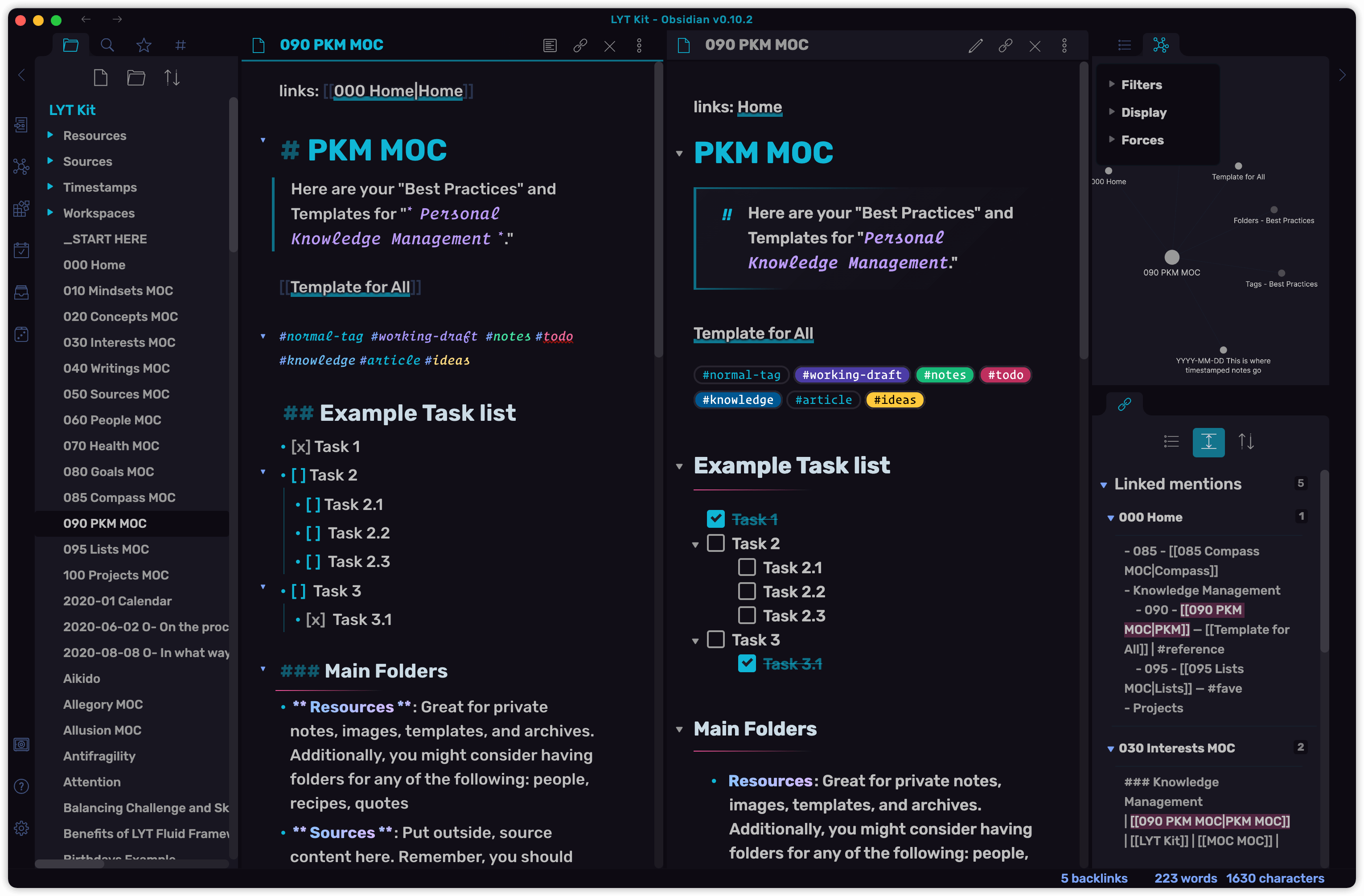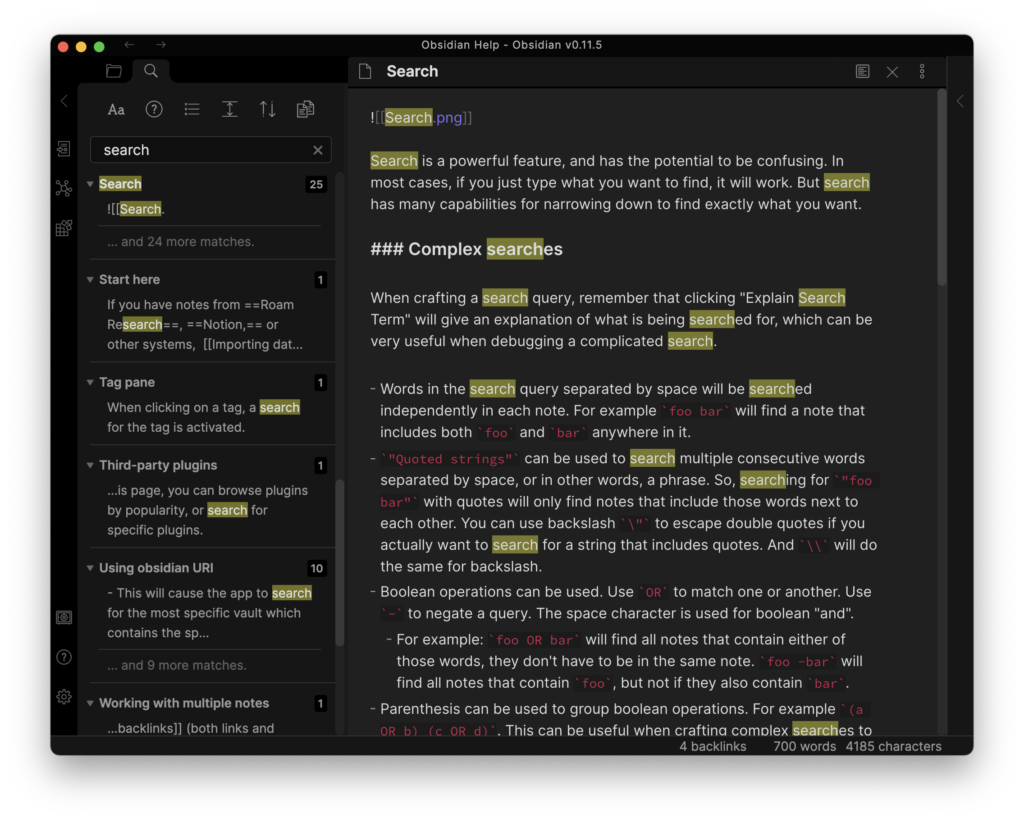

Note that, for the best experience, you should download the "OneNote" app.

There are free OneNote apps for every major platform, and syncing is made easy thanks to OneDrive. The search feature allows you to find things when organization doesn't work, and it can even search inside documents that you attach to your notes. You can also create sub-pages, giving you another way to organize notes. You can create as many notebooks as you want, then break those notebooks into sections, shown as a tab in the interface. Organization is also flexible in OneNote. It's like a blank canvas: add text, images, and even doodles anywhere you want. It's very easy to open the app and just start typing-and you can do so anywhere on the page.
#APP OBSIDIAN HOW TO#
If you know how to use other Office apps, like Word or Excel, everything about OneNote will feel familiar to you. If you want a note-taking app that feels at home on Windows, offers a generous free version, and has just about every feature you can imagine, it's hard to top Microsoft's own OneNote. Based on that experience, here are the four note-taking apps that, in my opinion, best address the needs of Windows users. I considered around twenty Windows note-taking apps and tested the best options.
#APP OBSIDIAN OFFLINE#
Such apps might work for some people, but for this list, I tried to only consider apps that truly fit in on Windows and offer at least some offline functionality. Some tools offer a "Windows app" that's really just the web version in a dedicated window. I only considered apps that offer some kind of syncing ability.Īre an actual Windows app. Sometimes you're going to want to add a note on your phone or read through notes on your tablet.

The best apps balance this well, either by being easy to use or by offering features that are useful enough to warrant their learning curve. It's ok for a note-taking app to be harder to use than a paper notebook, but the user needs to get something in exchange for the complexity. The best organizational system in the world doesn't mean you won't occasionally have to search, so it's important to be able to search the contents of all your notes-not just the current note and not just the note titles.īalance ease of use with power. You need to be able to sort your notes in flexible ways, including not just folders but also tags, internal links, and note hierarchies. A sprawling list of notes you've taken isn't helpful. Creating a new note should be as simple as opening the app and clicking a button or, even better, using a keyboard shortcut. You don't want to fuss around when inspiration strikes. The best note-taking app for Windows should do the following: Still, there are a few things that I think the best Windows note-taking apps need to do in order to be considered for a list like this. I also know that note-taking is an intensely personal thing-everyone is going to have preferences. I would be lost without a good note-taking system, which means I have opinions about the system that works best for me. I've been a technology journalist for a decade and a half, meaning I'm frequently researching applications and interviewing creators, experts, and academics.
#APP OBSIDIAN FULL#
For more details on our process, read the full rundown of how we select apps to feature on the Zapier blog. We're never paid for placement in our articles from any app or for links to any site-we value the trust readers put in us to offer authentic evaluations of the categories and apps we review. We spend dozens of hours researching and testing apps, using each app as it's intended to be used and evaluating it against the criteria we set for the category. All of our best apps roundups are written by humans who've spent much of their careers using, testing, and writing about software.


 0 kommentar(er)
0 kommentar(er)
